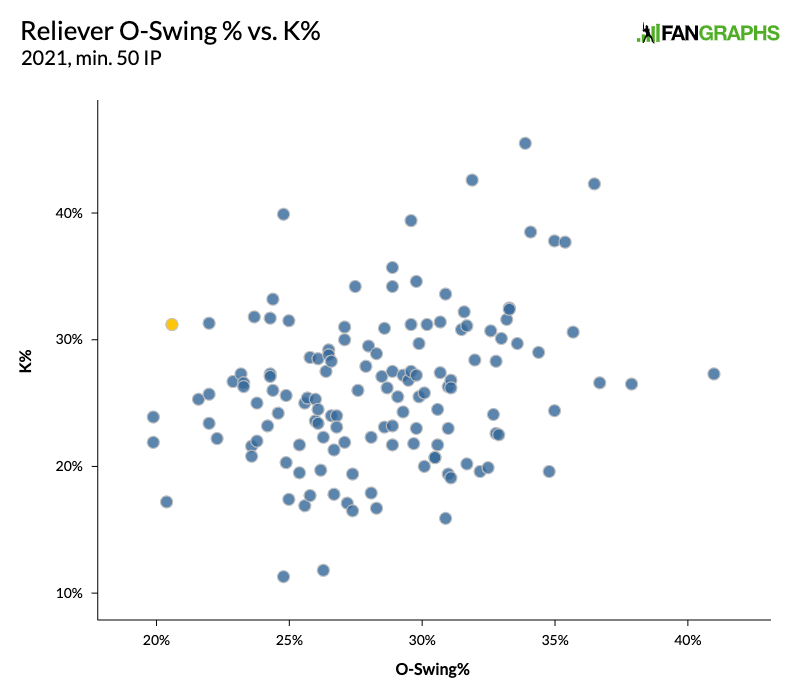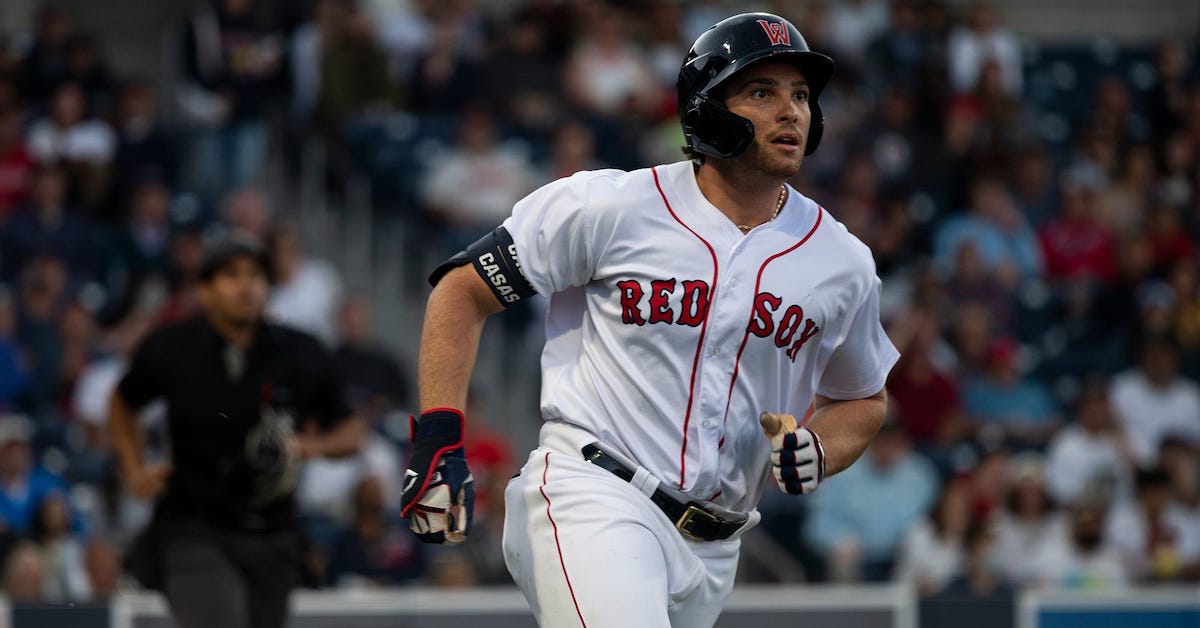Trevor Story Begins a New Chapter in Boston

It’s been a topsy-turvy, fast-paced offseason, with the swirling vortex of signings and trades spitting out some of the more memorable moves in recent years. A series of trades sent Isiah Kiner-Falefa all the way to the Bronx. Kenley Jansen to Atlanta came out of nowhere, and Carlos Correa, the biggest name of the offseason, ended up at a surprising destination with an odd contract.
But as it turned out, this offseason had one last twist in store for us. After weeks of relative silence, Trevor Story agreed to a six-year, $140 million contract with the Red Sox that contains a player opt-out after four years — one which Boston can negate by picking up a seventh-year option worth $25 million, or pay a $5 million buyout, bringing the total amount involved to $160 million. The deal does not include a no-trade clause, per the New York Post’s Joel Sherman.
So, you’ve just signed Trevor Story. What are you getting out of him? The answer depends on how you think his former home affected his performance, the park which must not be named: Coors Field. On the surface, it’s easy to glance at his home/road splits and check out. Throughout his career, Story has been a 146 wRC+ hitter at home and a 98 wRC+ hitter on the road. Away from an elevated bastion, he walks less, strikes out more, and makes inferior contact. What a fraud! Read the rest of this entry »






